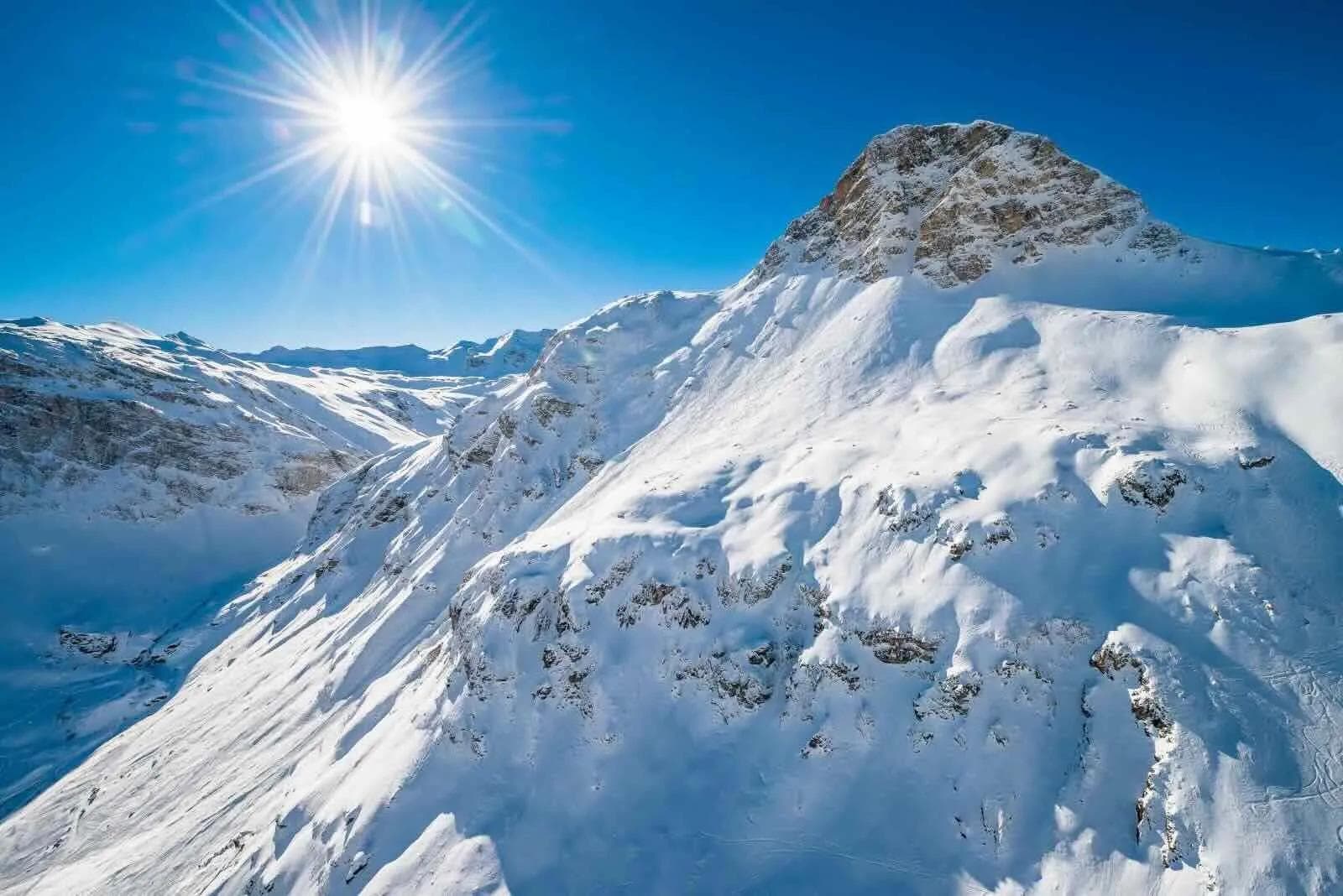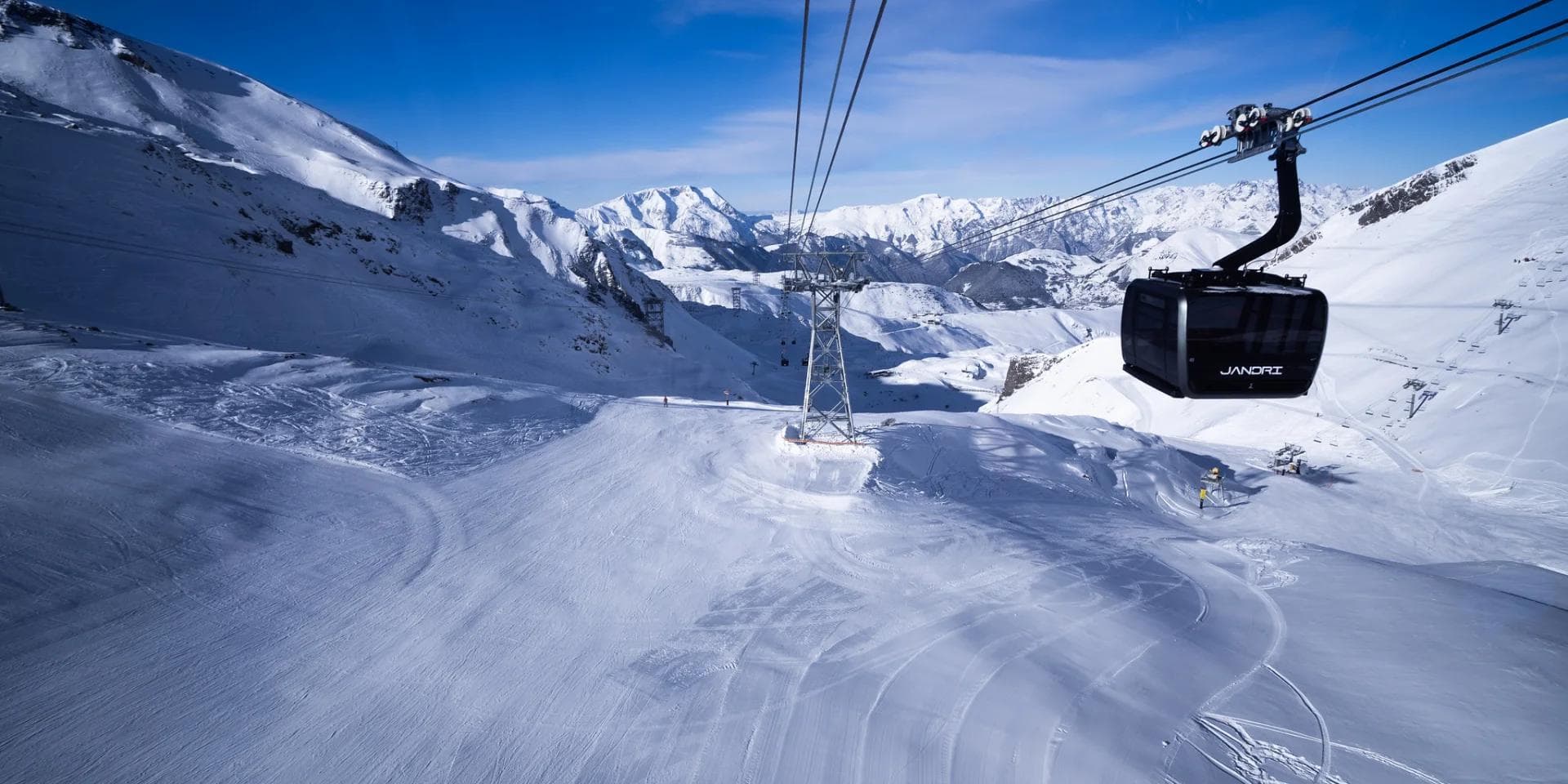
Summer Skiing in French Alps: 2025 Plans Unveiled
Published Date:
French Ski Resorts Extend Season into Summer 2025
Three ski resorts in the French Alps are set to offer summer skiing in 2025, extending their operations beyond the typical winter season. Les 2 Alpes, Val d'Isère, and Tignes have announced plans to open their slopes during various periods from May to July, providing skiers and riders with additional opportunities to enjoy snow sports in the warmer months.

Les 2 Alpes leads the pack with the longest summer season, aiming to stay open for over seven months. From May 5th to May 28th, the resort plans to maintain 1,000 vertical metres of skiing between 3,600m and 2,600m. From May 29th to July 6th, the skiable area will reduce to a 400m vertical at the top of the slopes between 3,600m and 3,200m. The resort's summer snowpark will be operational throughout this period.
Val d'Isère will open its Pisaillas glacier for summer skiing from June 7th to July 6th. Skiers and riders can access three runs between 3,300m and 2,725m, with an additional four runs reserved for race team training. The Montets drag lift will take visitors to the highest point in Val d'Isère at 3,197m. Facilities at the foot of the glacier include parking, a lift pass office, and a restaurant.

Tignes rounds out the summer skiing options, opening from June 21st to July 20th on its Grande Motte glacier. The resort offers up to 20km of glacier runs between 3,456m and 2,724m. In addition to downhill skiing, visitors can enjoy cross-country skiing and sunbathing at the resort's Panoramic terrace.
These summer skiing opportunities in the French Alps provide a unique experience for those looking to ski or ride outside the traditional winter season. While the terrain may be more limited compared to winter operations, the ability to ski in summer offers a refreshing alternative for snow sports enthusiasts and a chance to escape the heat at lower altitudes.


